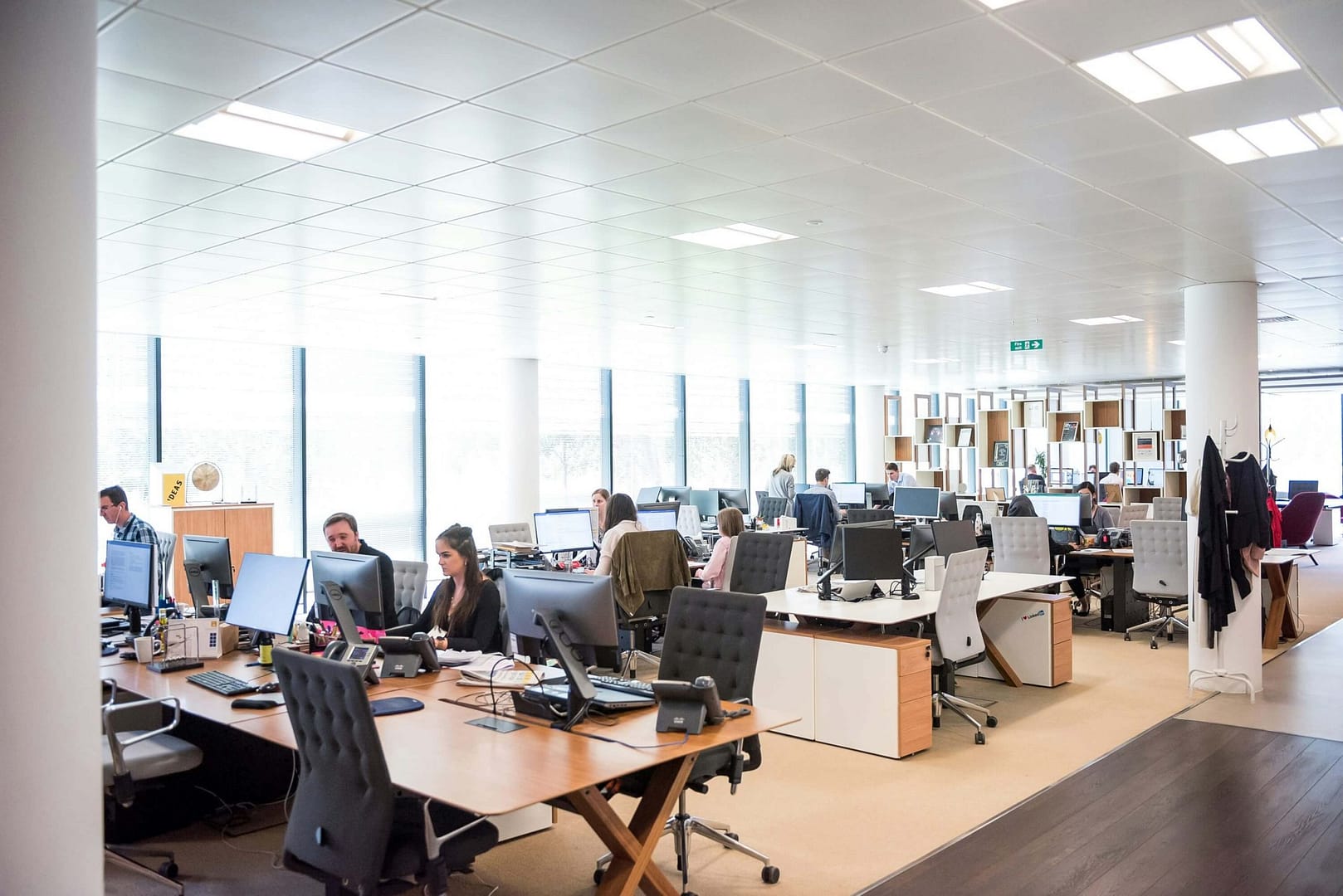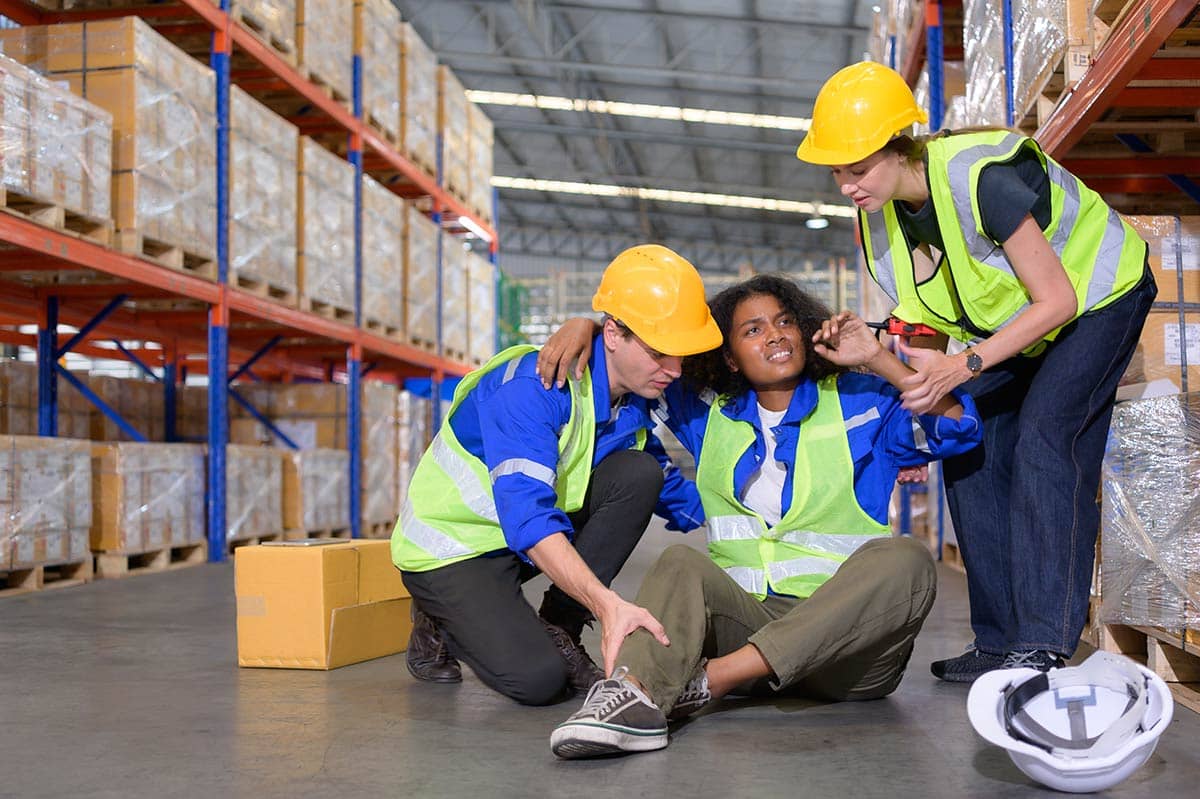In the hustle and bustle of the professional world and safety at work, the keyword “Work-Related Musculoskeletal Disorders: Recognising and Preventing” takes centre stage. As we navigate the intricacies of our daily work routine, it’s imperative to address the potential health hazards that may lurk beneath the surface. Let’s embark on a journey to uncover the signs, symptoms, and, more importantly, the preventive measures against work-related musculoskeletal disorders (WMSDs).
The Silent Culprit: Work-Related Musculoskeletal Disorders
Work-related musculoskeletal disorders encompass a range of conditions affecting the muscles, bones, tendons, ligaments, and other parts of the musculoskeletal system. From the shoulders to the lower back, wrists, and beyond, these disorders can manifest in various ways, silently impacting our daily lives.
Recognising the Signs: 5 Common Symptoms of Musculoskeletal Injuries
Persistent Pain
One of the earliest signs of a musculoskeletal injury is persistent pain. Whether it’s a dull ache or a sharp, shooting pain, discomfort that lingers beyond the typical soreness associated with work warrants attention.
Reduced Range of Motion
Noticeable limitations in your ability to move a joint or body part could indicate a musculoskeletal issue. If reaching for a file or bending to pick something up becomes increasingly challenging, it’s time to pay heed.
Swelling and Inflammation
Inflammation is the body’s response to injury, and musculoskeletal disorders are no exception. Swelling around joints or affected areas may be indicative of an underlying problem that needs addressing.
Muscle Weakness
Weakness in specific muscle groups might develop as a result of musculoskeletal issues. Tasks that were once routine may become arduous, and you may find yourself struggling with activities that were once second nature.
Numbness and Tingling
Sensations like numbness or tingling in the extremities, such as the fingers or toes, can be a sign of nerve compression or damage. Ignoring these sensations may exacerbate the problem over time.
Receive a Call About Your Claim
Prevention is Key: How to Safeguard Against WMSDs
Now that we’ve shed light on recognising the symptoms, let’s delve into the proactive measures that can be taken to prevent work-related musculoskeletal disorders. Prevention is not only more effective than treatment but also promotes a healthier and more comfortable work environment.
Ergonomic Workstations
Investing in ergonomic workstations is a pivotal step in preventing WMSDs. Ensure that desks, chairs, and computer setups are designed to support a neutral posture, reducing strain on the musculoskeletal system. Adjustable chairs, monitor stands, and keyboard trays can make a significant difference.
Regular Breaks and Stretching
Encouraging regular breaks and incorporating stretching exercises into the work routine can help alleviate muscle tension and reduce the risk of musculoskeletal disorders. Simple stretches for the neck, shoulders, back, and wrists can prevent stiffness and promote flexibility. These brief pauses also provide an opportunity to step away from the screen, giving your eyes a break and reducing the likelihood of eye strain.
Employee Education and Training
Educating employees about the importance of proper ergonomics and body mechanics is essential. Workshops and training sessions can empower individuals to take control of their health at the workplace. Teaching employees how to set up their workstations optimally and adopt good posture habits can go a long way in preventing WMSDs.
Workplace Assessments
Regular assessments of the workplace can identify potential hazards and risk factors contributing to musculoskeletal disorders. This includes evaluating the layout of workstations, identifying repetitive tasks, and addressing any areas where improvements can be made. A proactive approach to identifying and rectifying potential issues can significantly reduce the incidence of WMSDs.
Encouraging Physical Activity
Physical activity is a cornerstone of musculoskeletal health. Encouraging employees to engage in regular exercise outside of work can contribute to overall well-being. This can include activities such as walking, jogging, or participating in fitness classes. A strong and flexible body is better equipped to withstand the demands of a sedentary work environment.
Adequate Training for Task-Specific Activities
For jobs with repetitive or physically demanding tasks, train employees thoroughly. Teach them the correct techniques for lifting, carrying, and other job-specific activities. This will reduce injuries and give them the knowledge to protect themselves on the job.
Access to Health and Wellness Programs
Offering health and wellness programs within the workplace can further support employees in maintaining musculoskeletal health. These programs can include initiatives such as on-site fitness classes, access to healthcare professionals, and resources for stress management. A holistic approach to employee well-being contributes to a healthier and more productive workforce.
Making an Accident at Work Claim with National Claims
In the unfortunate event that a musculoskeletal disorder is sustained in the workplace, seeking compensation may be a necessary step. National Claims understands the importance of swift and fair resolution. Our dedicated team is ready to guide you through the process of making an accident at work claim, ensuring that your rights are protected and that you receive the compensation you deserve.
At National Claims, we believe in standing up for the rights of workers who have suffered due to work-related musculoskeletal disorders. Our team will assess the circumstances surrounding your injury and connect you with a solicitor from our panel who will work tirelessly to build a strong case on your behalf. We understand the challenges you may be facing, and our goal is to make the claims process as smooth and stress-free as possible.
Conclusion
Work-related musculoskeletal disorders don’t have to be the norm. Early awareness and prevention make a difference. Employers and employees can create healthy workspaces. This means ergonomic changes, breaks, and education. Each step protects workers and boosts productivity.
Remember, healthy employees are successful employees. Prioritizing musculoskeletal health benefits everyone. Let’s make work-related injuries a thing of the past. If an injury does happen, National Claims is here to guide you towards recovery and justice.
Start your claim today with the help of one of our claims agents. Contact us now!
Click below to see why we are one of the most trusted claims management companies in the UK.

We’re proud of our excellent customer reviews
We thrive on delivering exceptional service and ensuring our clients’ satisfaction. Don’t just take our word for it. Check out some of our independent reviews to see what our clients have to say.
Excellent

This firm is excellent, they sorted out my car pay out and injury claim very fast, they always communicate with you all the time.

My accident case was dealt with confidence and with great result of the outcome, especially James kept me informed all the time.

I was very impressed at the way my inquiry was treated. I was listened to attentively and everything I needed to know was explained to me.






